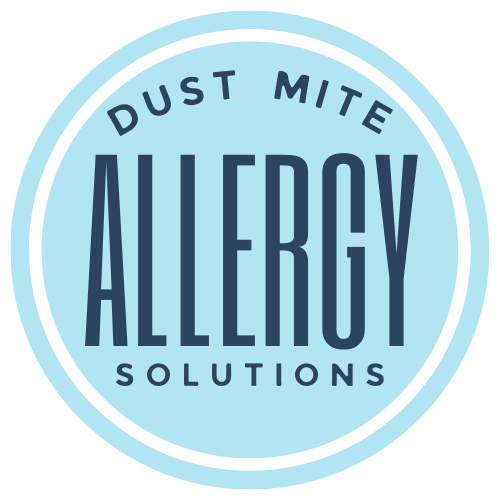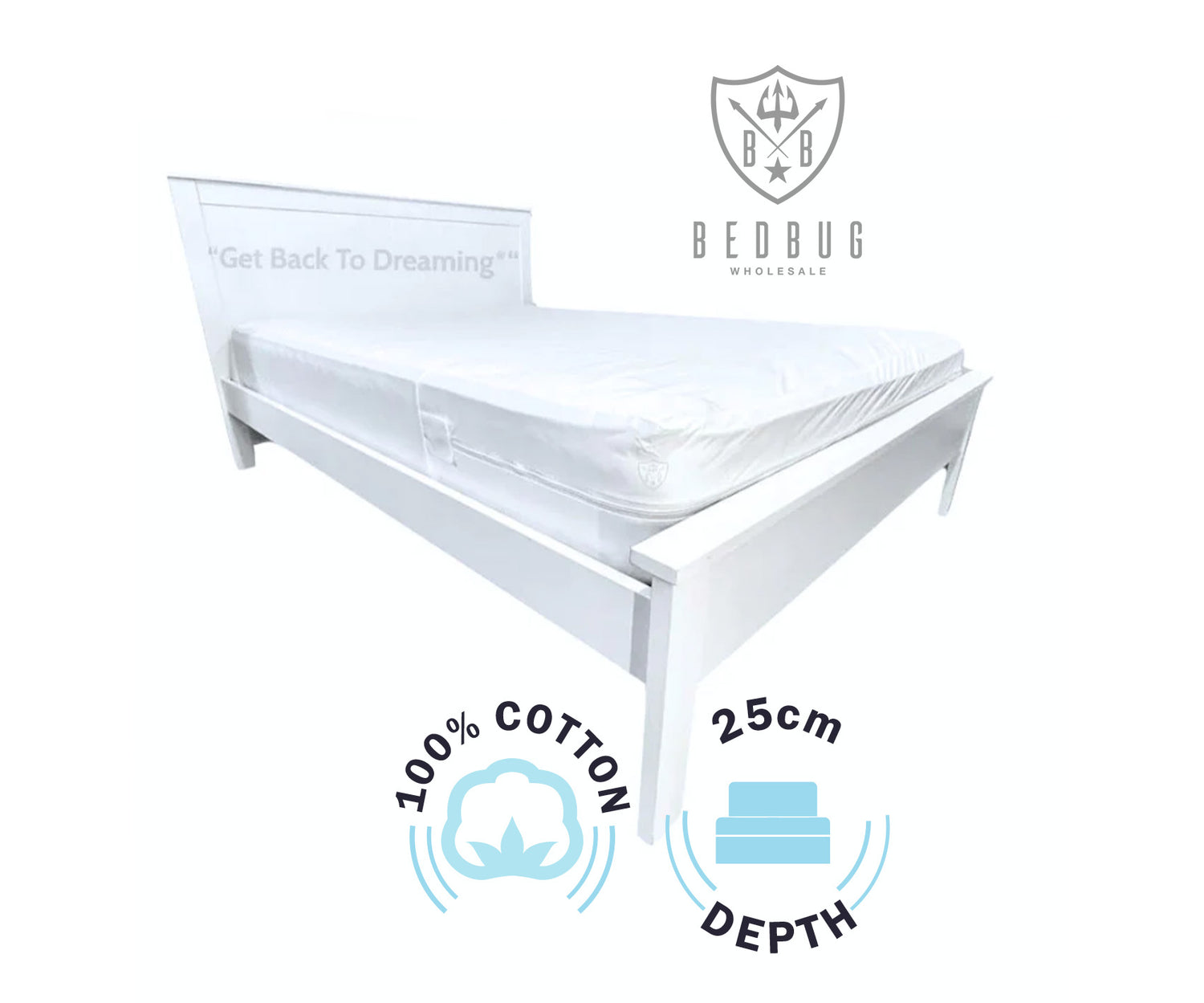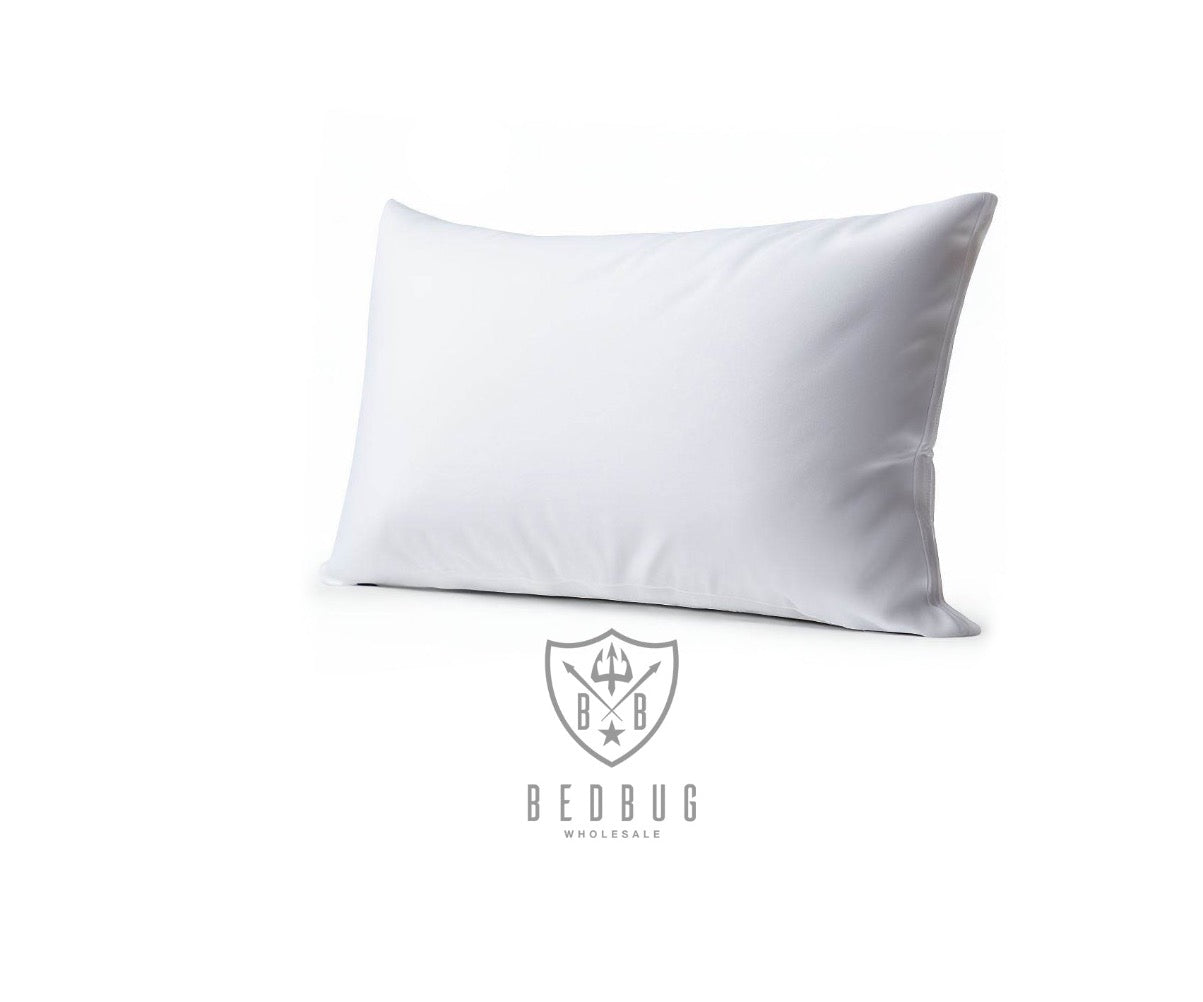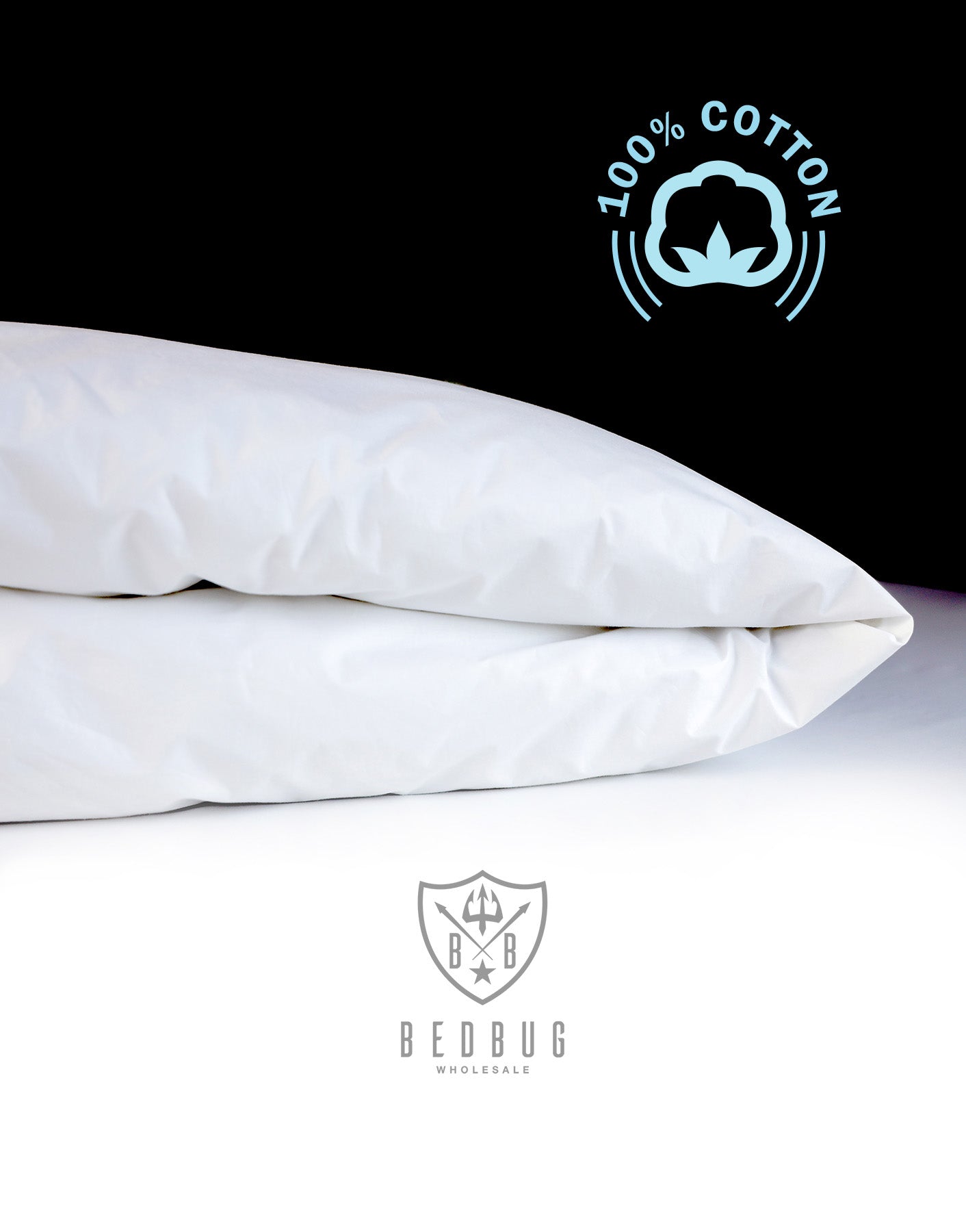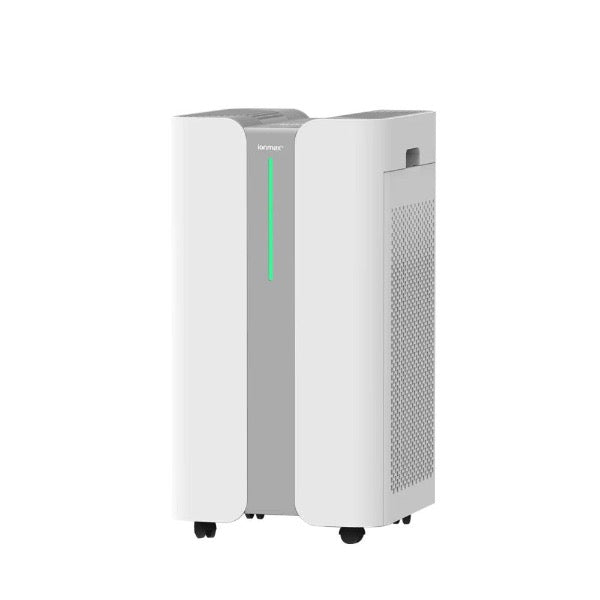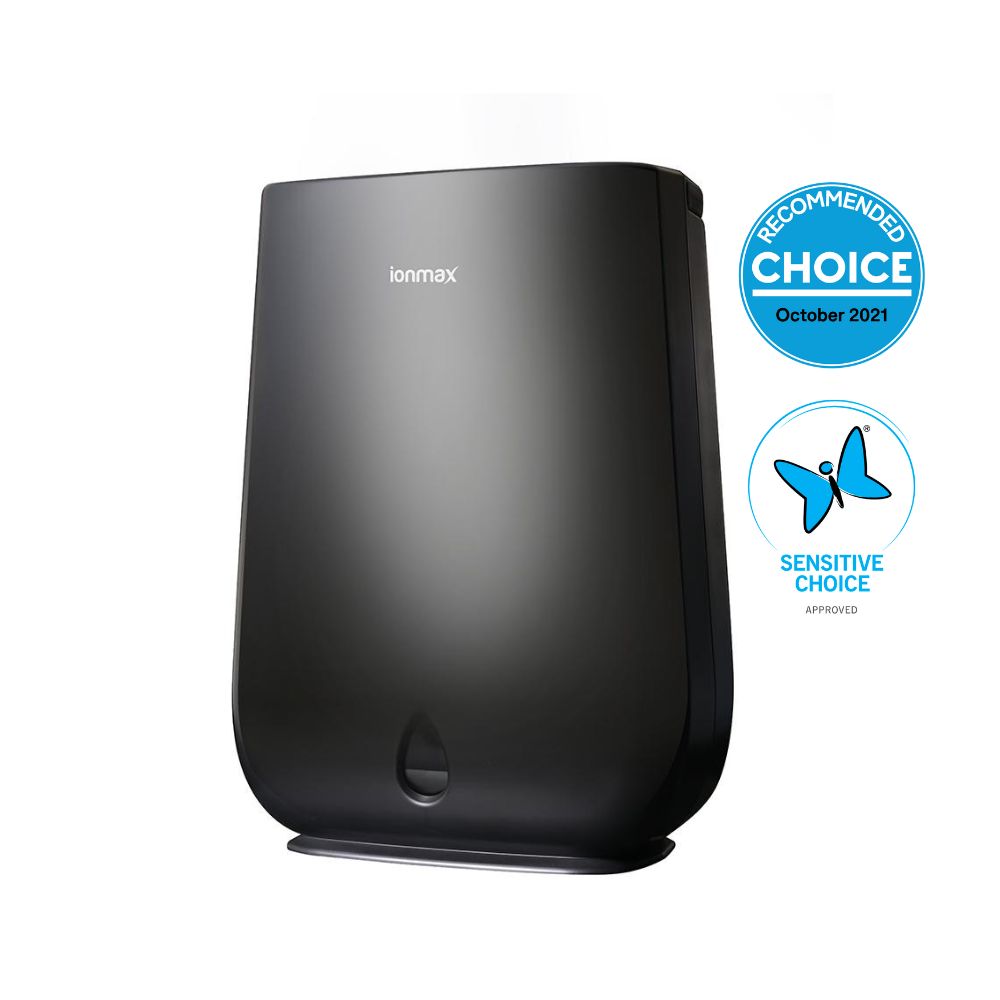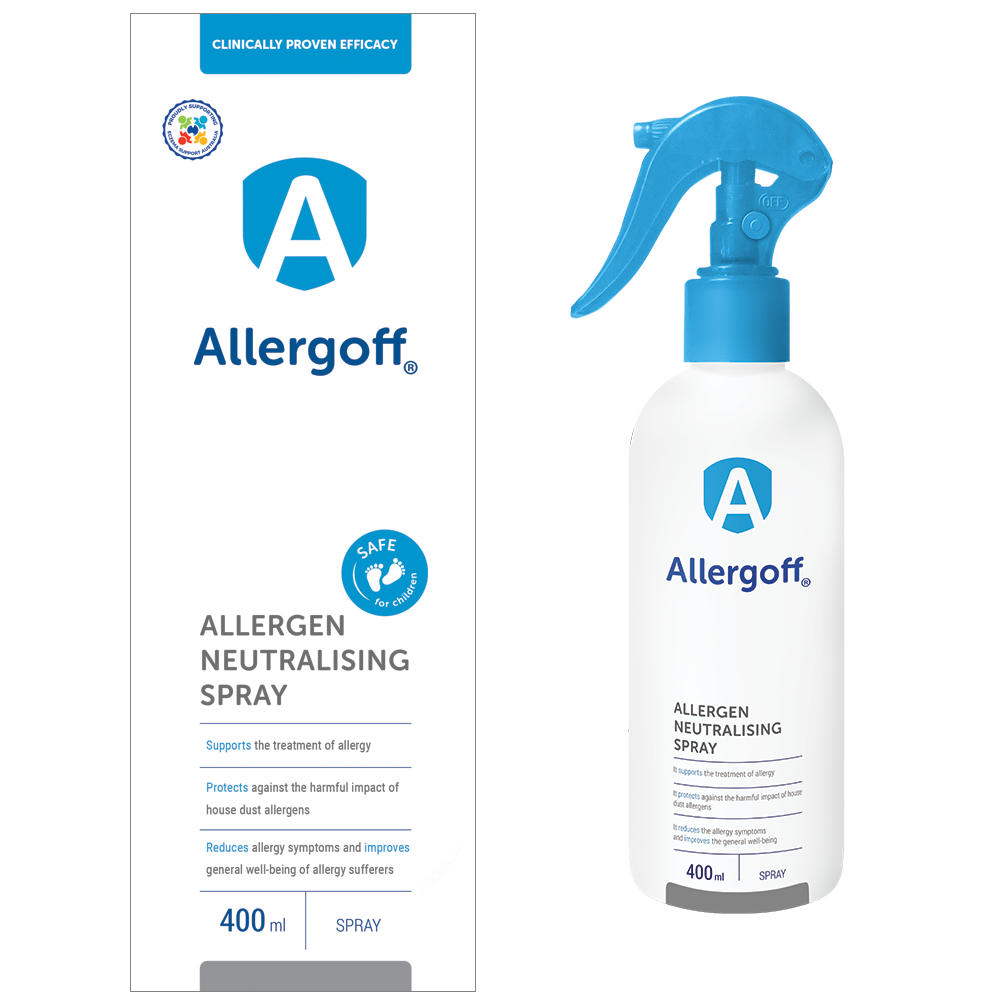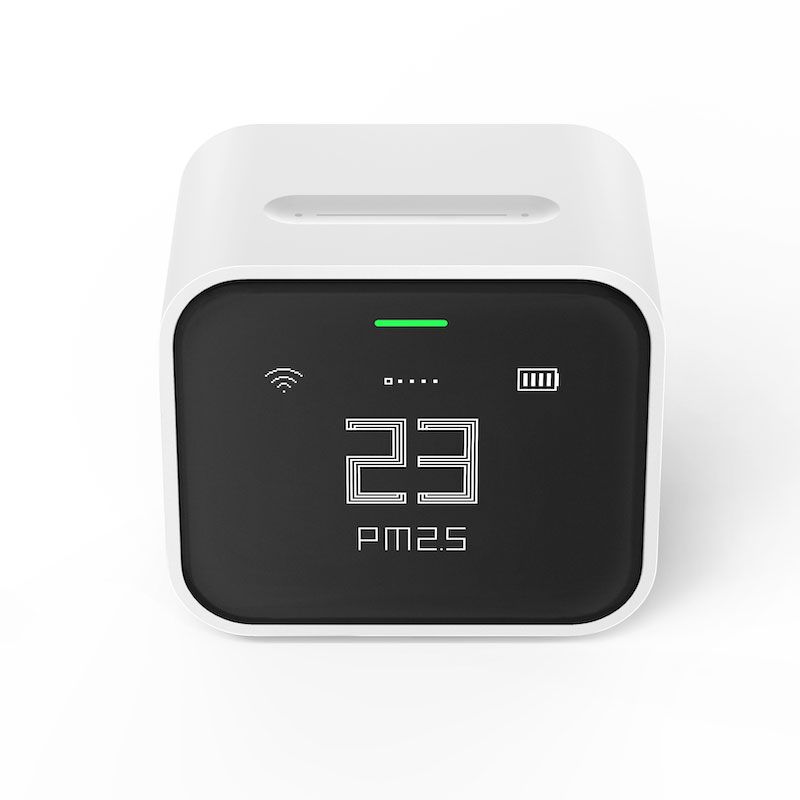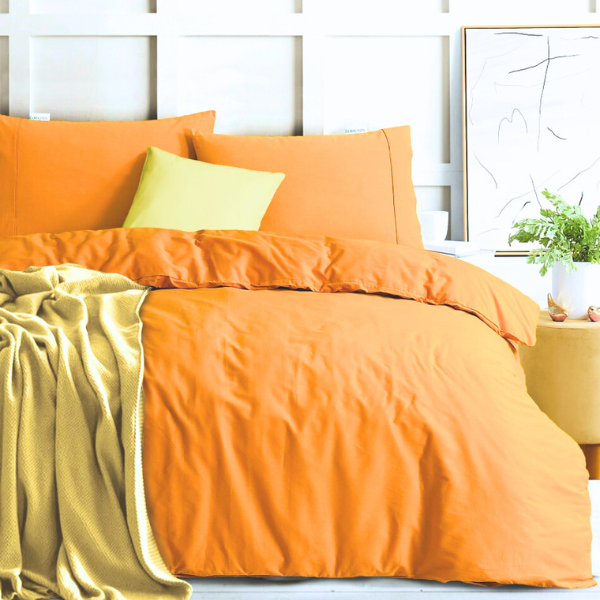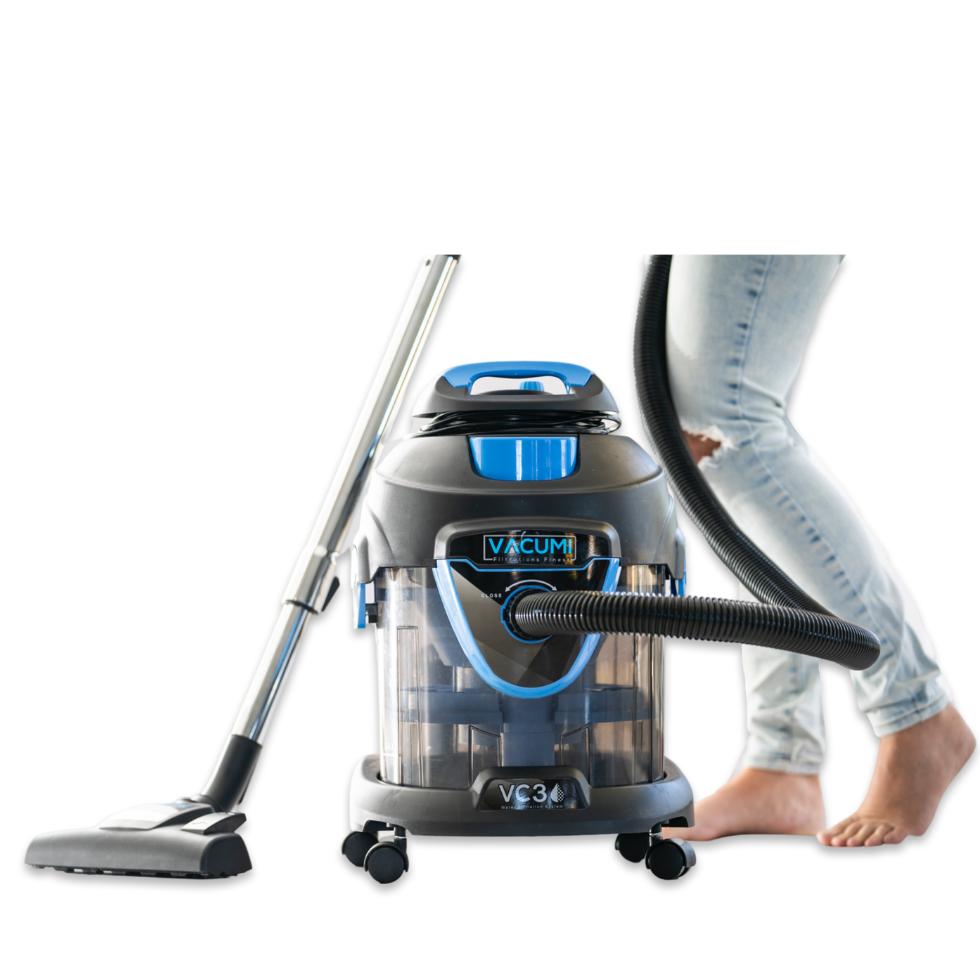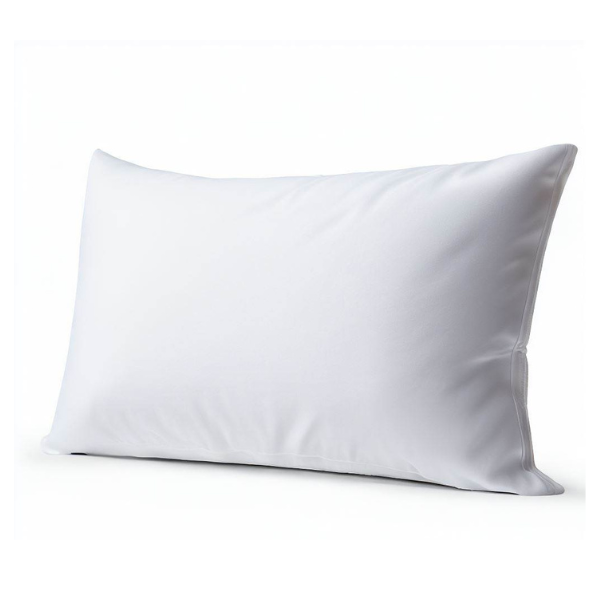Carpets make our homes feel cozy and inviting, but did you know they could be hosting some tiny guests?
Mites—microscopic creatures that love to settle into the soft fibers of our rugs and carpets. While they're mostly harmless, certain types of mites can stir up allergies.
We'll discuss the world of carpet mites, highlighting the various types you might find at home, how they could impact your health, and the best ways to keep them in check.
Mites in Carpet - What are you dealing with?
Given Australia's diverse climates, which range from tropical to temperate, homes provide the ideal environment for these mites to thrive, particularly in the warm and humid conditions that are common in many regions.
These mites, including the notorious dust mites and other species like storage mites and occasionally even bird mites, feed on organic debris such as human skin flakes and can significantly impact indoor air quality and health. Particularly for those with allergies and asthma, understanding and managing these minuscule inhabitants is crucial for maintaining a healthy living environment.
Dust Mites

Australia has conditions that are often ideal for dust mites, especially in coastal areas where the climate is warmer and more humid. The most common species are Dermatophagoides pteronyssinus and Dermatophagoides farinae. These mites thrive in carpets, bedding, and upholstered furniture, feeding on human skin flakes.
Health Impact
Dust mites are notorious for triggering allergic reactions and asthma. Their waste products contain proteins that many people are allergic to, causing symptoms such as sneezing, runny nose, itchy eyes, and respiratory issues.
Identification
Dust mites are microscopic and cannot be seen with the naked eye. Signs of their presence include increased allergy symptoms, particularly in the morning or while cleaning.
Removal of dust mites
Read our full guide on how to eliminate dust mites in your home.
To manage and reduce dust mite populations in carpets, consider the following steps:
-
Reduce Humidity: Keep indoor humidity levels below 50% using dehumidifiers or air conditioners, as dust mites thrive in moist conditions.
-
Regular Vacuuming: Use a vacuum cleaner with a HEPA filter to effectively capture and remove dust mites from carpet fibers. Vacuum at least once a week.
-
Steam Cleaning: Periodically steam clean carpets to kill dust mites with high temperatures.
-
Wash Bedding Regularly: Since dust mites can migrate between carpets and bedding, wash all bedding in hot water (at least 54°C) weekly.
-
Use Dust Mite-Proof Covers: Cover mattresses and pillows with dust mite-proof covers to create a barrier that mites cannot penetrate.
-
Declutter: Reduce clutter around the house to minimize dust accumulation and make vacuuming more effective.
Storage Mites
These mites, including species like Tyrophagus putrescentiae, are often found in stored food but can also be present in carpets where they feed on organic debris and mould spores.
Health Impact
Like dust mites, storage mites can exacerbate allergies and asthma. Their presence can lead to similar symptoms, including respiratory discomfort.
Identification
These mites are also too small to see without magnification. An increase in allergic symptoms in areas where food is stored or in particularly dusty parts of the house can indicate their presence.
Removal
Keep dry goods in airtight containers to discourage mites, regularly clean pantry areas, and vacuum carpets frequently using a vacuum cleaner equipped with a HEPA filter.
Clover Mites
Common in gardens, clover mites can also invade homes and settle in carpets. They are more of a nuisance than a health threat, recognizable by their tiny size and bright red color.
Health Impact
Clover mites are generally more of a nuisance than a health hazard, as they do not bite or cause serious allergic reactions. However, their sheer numbers can be unsettling, and they can stain surfaces when crushed.
Identification
These tiny mites are visible to the naked eye and can be identified by their bright red color.
Removal
Seal cracks and crevices around windows and doors to prevent entry. Vacuuming carpets and using a damp cloth can help remove these mites without crushing them.
Bird Mites
If there are nesting birds near or on a home, bird mites such as Ornithonyssus bursa and Dermanyssus gallinae can enter houses and infest carpets. They typically look for a new host once their bird host has left the nest.
Health Impact
Bird mites can cause intense itching and irritation of the skin, as they may bite humans if their natural bird hosts are no longer available.
Identification
Small and nearly invisible to the naked eye, bird mites move quickly and can sometimes be seen as tiny black or red specks.
Removal
Remove any old bird nests near the home. Regular cleaning and vacuuming of carpets, as well as the application of insecticidal sprays designed for mites, can help eliminate them.
Cheyletiella Mites
Although primarily parasites of domestic animals like dogs and cats, these mites can also be transferred to carpets. They cause skin irritation and are sometimes referred to as "walking dandruff" because of the visible flakes they produce on a pet's fur.
Health Impact
These mites can cause skin irritation both in pets and humans, leading to dermatitis and sometimes hair loss in severe cases.
Identification
Cheyletiella mites are larger than dust mites and can sometimes be seen moving on the surface of a pet's fur. The appearance of dandruff that seems to move is a key sign.
Removal
Treat pets with veterinary-prescribed miticides, and clean bedding and carpets thoroughly. Washing pet bedding and human bedding regularly can also control their spread.
Scabies Mites
The scabies mite (Sarcoptes scabiei) is another potential but less common inhabitant of carpets. Transmission via carpet is rare and usually associated with prolonged contact with heavily infested fabrics.
Health Impact
Scabies mites burrow into human skin, causing scabies—a condition marked by intense itching and a pimply rash.
Identification
Due to their burrowing, the primary sign of scabies is severe itching, especially at night, along with visible tracks on the skin where mites have burrowed.
Removal
Scabies requires medical treatment with prescription creams and sometimes oral medications. Infested bedding and clothing should be washed in hot water and dried on a high heat setting.
Choosing an Allergy Friendly Carpet
Choosing an allergy-friendly carpet involves selecting options that minimise the accumulation of allergens, such as dust mites, pet dander, and pollen, which are common triggers for asthma and allergies. Here’s how you can select the best carpet for allergy sufferers in Australia:
Material
Some carpets come treated with anti-allergenic coatings to further reduce the potential for allergies.
Pile Type
Low pile carpets are preferable for allergy sufferers. They have shorter fibers and a smoother surface, making them easier to clean thoroughly. High pile carpets, like shag rugs, can trap more allergens and are harder to keep free of irritants.
Tightly Woven Fibers
The tighter the carpet weave, the less likely it is to trap dust and allergens. Berber carpets, which are tightly looped, can be an excellent choice for reducing the presence of allergens.
Green Label Plus Certification
Look for carpets with the Green Label Plus certification, a standard specifically aimed at identifying carpets with the lowest emissions of volatile organic compounds (VOCs). Lower VOCs mean better indoor air quality, which is crucial for those with allergies and respiratory issues.
Antimicrobial and Anti-Static Treatments
Carpets treated with antimicrobial agents can help prevent the growth of mold, mildew, and bacteria. Additionally, anti-static treatments reduce the amount of airborne allergens that can cling to carpet fibers.
Regular Maintenance
Regardless of the type of carpet, regular maintenance is key. Use a vacuum cleaner with a HEPA filter to efficiently capture the smallest particles and allergens. Consider having the carpet professionally cleaned at least once a year to deep clean and remove embedded allergens.
How to Get Rid of Dust Mites in Carpet
It's essential to vacuum regularly when dealing with allergens like dust mites. Aim to vacuum at least once or twice a week using a vacuum cleaner that includes a HEPA filter to effectively capture these irritants.
If you're highly sensitive to dust, consider having someone else do the vacuuming when you're not around, or protect yourself with a dust mask during the process.
For deep cleaning, have your carpets professionally steam cleaned every three to six months. This method not only targets and removes allergens through intense heat and powerful cleaning actions but also safely extracts them from your carpet.
Make sure to choose a carpet cleaning professional who uses allergy-friendly products and has the necessary equipment to ensure your carpet dries quickly, reducing the risk of mold development.
For those with severe allergies, removing carpets and installing hard flooring might be the best option.
Read our full article "How to Deal with Dust Mites in Carpet"
